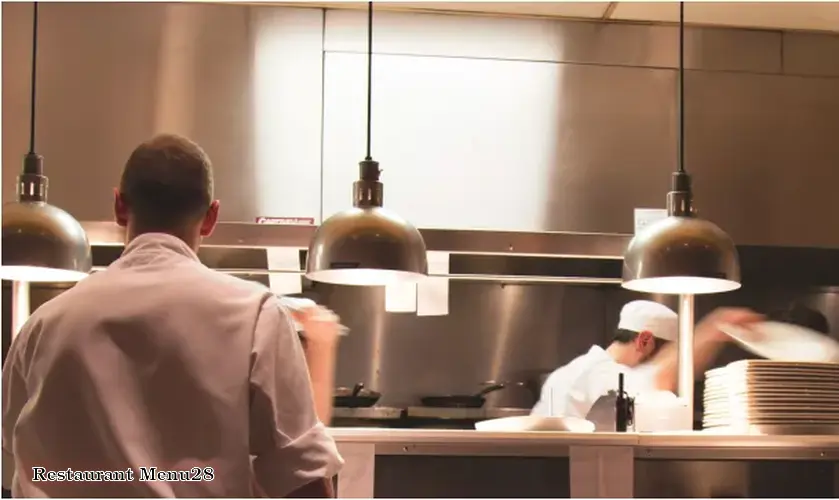

1. Menu Design:
Menu design is an essential aspect of the restaurant business. It should be visually appealing, easy to read, and navigable. The layout and design should be consistent with the restaurant's theme and style. A well-designed menu can help create a positive first impression and encourage customers to try new dishes.
2. Menu Engineering:
Menu engineering is a process of categorizing and analyzing menu items based on popularity, profitability, and cost. By analyzing menu data, restaurant owners can identify high-performing items and adjust menu pricing, descriptions, and placement accordingly. This approach can help increase profits, optimize inventory, and improve customer satisfaction.
3. Menu Psychology:
Menu psychology is the art of using psychological principles to influence customer ordering decisions. This can be achieved through various techniques, such as using descriptive language, color, and visual cues. For instance, highlighting popular or high-profit items, using larger font sizes, and placing them at the top or sides of the menu can draw attention and encourage customers to order those items.
4. Menu Pricing:
Menu pricing is a critical factor in the restaurant business. Pricing should reflect the cost of ingredients, labor, and overhead, while also remaining competitive and appealing to customers. Restaurant owners can use various pricing strategies, such as tiered pricing, differential pricing, and value-based pricing, to appeal to different customer segments and maximize profits.
5. Menu Content:
Menu content refers to the dishes offered and their descriptions. Menu content should be comprehensive, accurate, and up-to-date. Descriptions should be clear, concise, and enticing, highlighting key ingredients and flavors. Menu content should also cater to different dietary requirements, such as vegetarian, vegan, gluten-free, and allergen-free options.
6. Menu Innovation:
Menu innovation is an essential aspect of the restaurant business, as it helps attract new customers and retain existing ones. Restaurant owners can innovate by introducing new dishes, flavors, and techniques, and using seasonal and locally sourced ingredients. Menu innovation can also involve adapting to changing consumer trends, such as plant-based cuisine, healthy eating, and sustainable food practices.
7. Menu Engineering and Management Software:
Menu engineering and management software can help restaurant owners streamline menu design, pricing, analysis, and monitoring. These tools can help automate menu engineering processes, such as item categorization, profit analysis, and sales tracking. They can also help manage inventory, costs, and pricing, and provide real-time data and insights for decision-making.
In conclusion, a restaurant menu is a critical aspect of the restaurant business that can impact customer satisfaction, sales, and profits. A well-designed, engineered, priced, and managed menu can help attract and retain customers, optimize inventory and costs, and maximize profits. By leveraging menu psychology, innovation, and technology, restaurant owners can create menus that not only appeal to customers but also align with their business goals.
DISCLAIMER: This information is provided for general informational purposes only, and publication does not constitute an endorsement. Kwick365 does not warrant the accuracy or completeness of any information, text, graphics, links, or other items contained within this content. Kwick365 does not guarantee you will achieve any specific results if you follow any advice herein. It may be advisable for you to consult with a professional such as a lawyer, accountant, or business advisor for advice specific to your situation.
today
Copyright © 2025 Kwick365.com
Designed by KwickPOS is the best restaurant POS